The Production Process of PV Cables and Electrical Power Cable
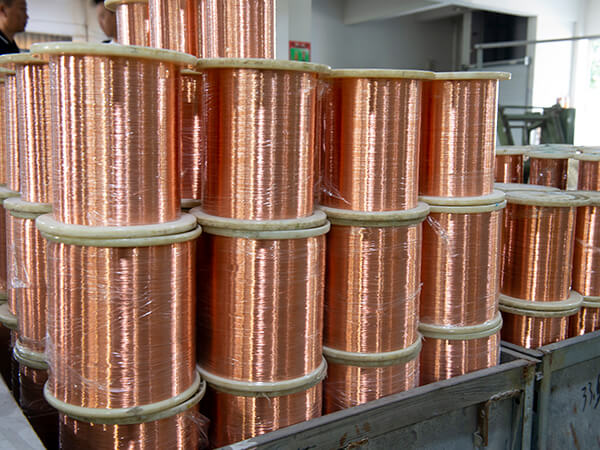
1.Material preparation:
This involves preparing the raw materials required for wire production, such as copper, aluminum, or other metal wires, and insulating materials.
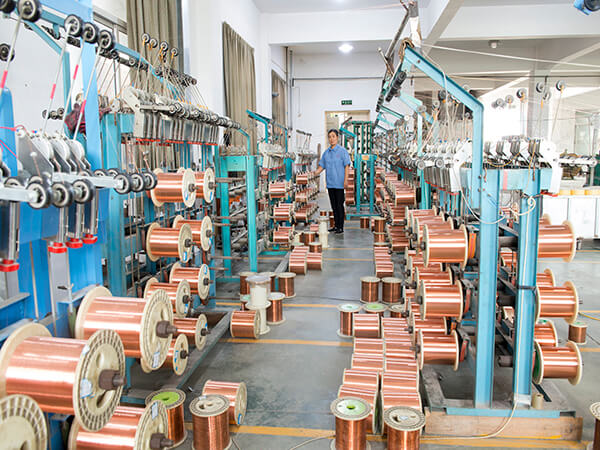
2.Stranding:
In this step, the individual wires are bundled together to form a single strand. This is done to improve the strength and flexibility of the wire.
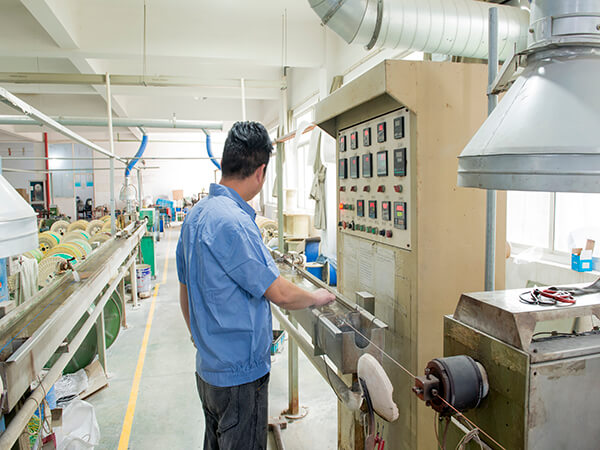
3.Wire Extrusion:
The core wire is then extruded or drawn through a die to give it the desired shape and size. This process is typically used to produce solid core wires or stranded wires with a core made of multiple wires.
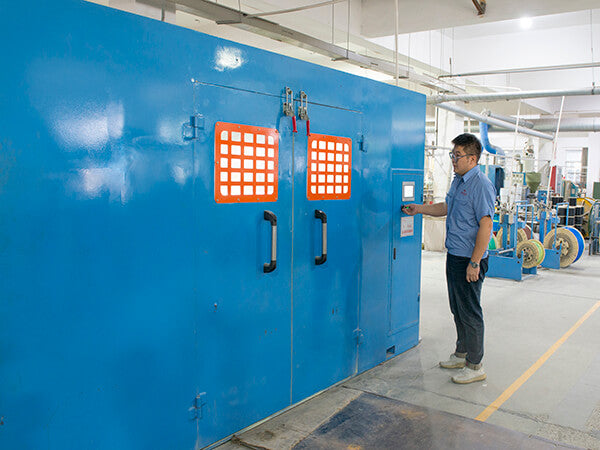
4.Cable Formation:
The wires are then twisted or braided together to form a cable. This process can involve a variety of techniques depending on the desired cable configuration, including twisting, braiding, or wrapping the wires together.
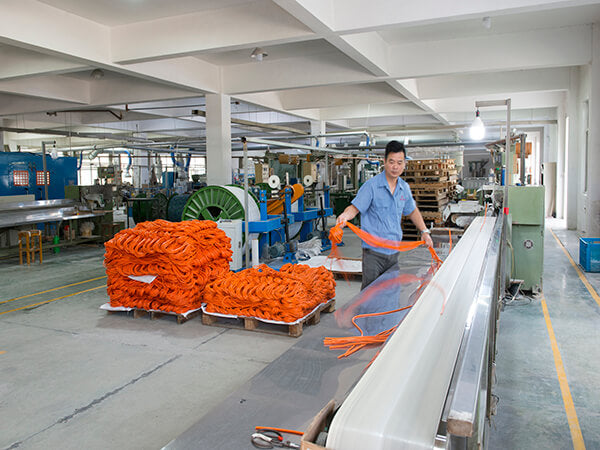
5.Jacket Extrusion:
A protective jacket or sheath is extruded over the cable to provide additional protection and insulation. This process can also involve a variety of techniques, including extrusion or injection molding.
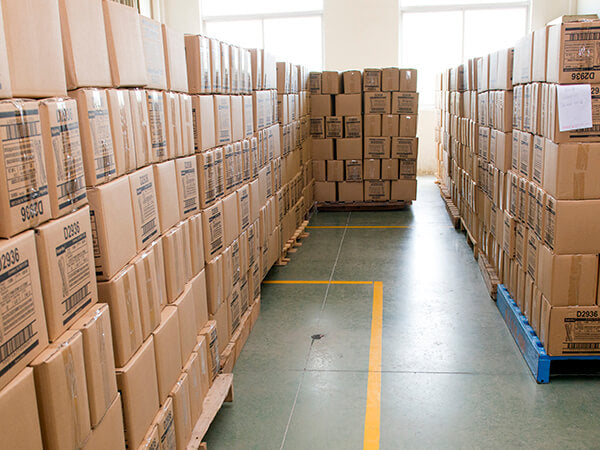
6.Packaging:
The finished wire or cable is then packaged and labeled for distribution to customers.
The Production Process of Electrical Power Cord and Extension Cord

1.Raw Materials:
The first step involves procuring the necessary raw materials such as copper wire, PVC plastic, and other components required for manufacturing the power cords and extension cords.

2.Wire Stranding:
The copper wire is stranded together to form a bundle that will become the core of the power cord.
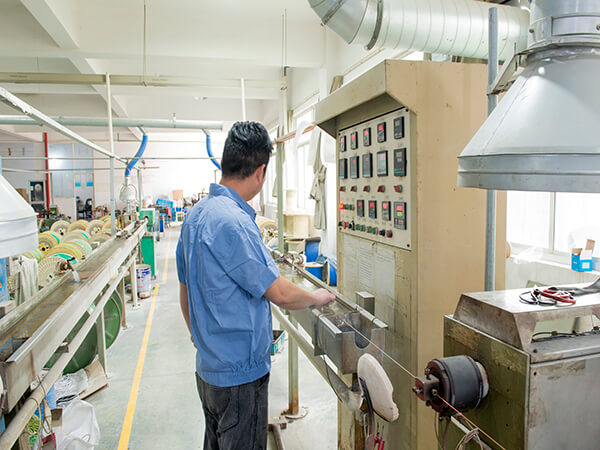
3.Core Wire Extrusion:
The core wire bundle is then passed through an extruder that coats it with PVC plastic insulation to protect the wire and provide electrical insulation.
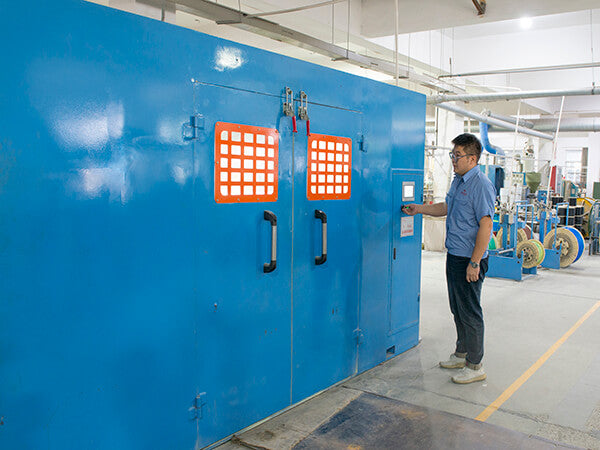
4.Core Wire Cabling:
The insulated core wire is then twisted together to form a cable that will be used for the power cord.
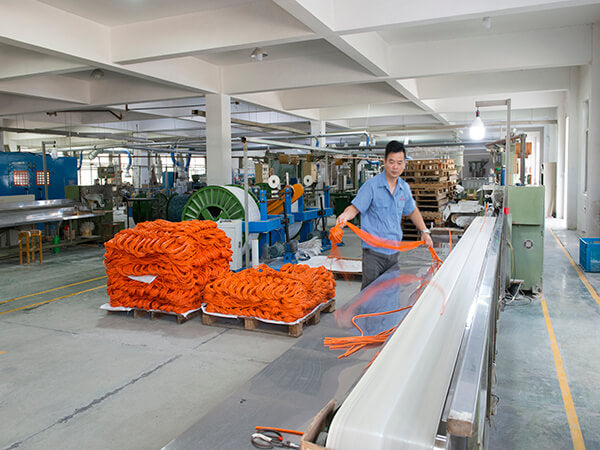
5.Jacket Wire Extrusion:
The jacket wire is then extruded with PVC plastic insulation that will protect the cable from external damage.
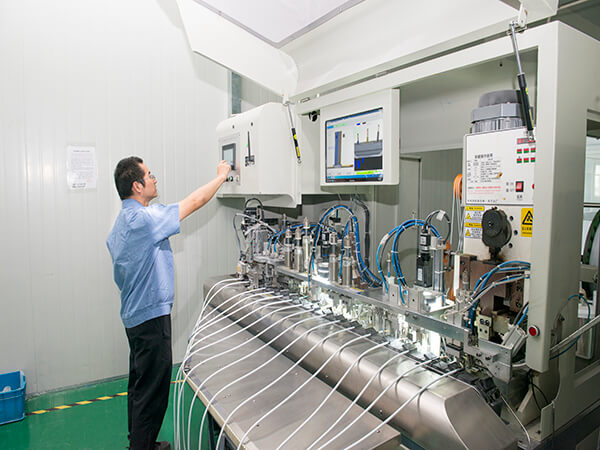
6.Automated Cutting and Terminal Crimping:
The cables are cut to specific lengths and fitted with plugs and sockets using an automated machine.
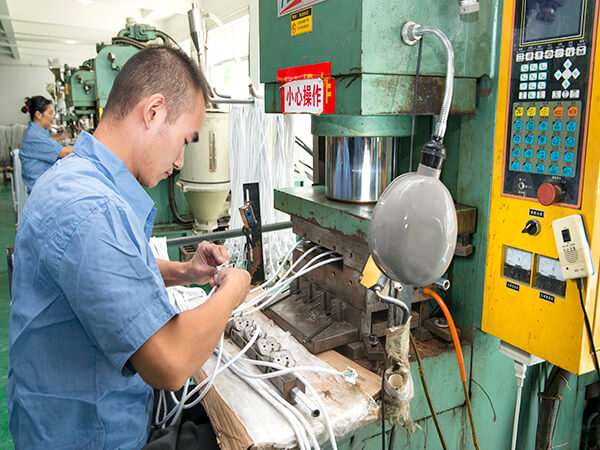
7.Injection Molding:
The plugs and sockets are then molded into the plastic casing that will form the connectors for the power cord.
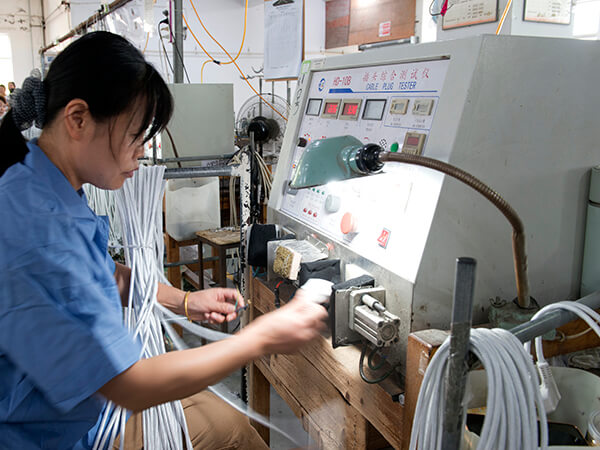
8.High Voltage Testing:
The power cords are then subjected to high voltage testing to ensure they meet safety standards and can handle the required electrical load.
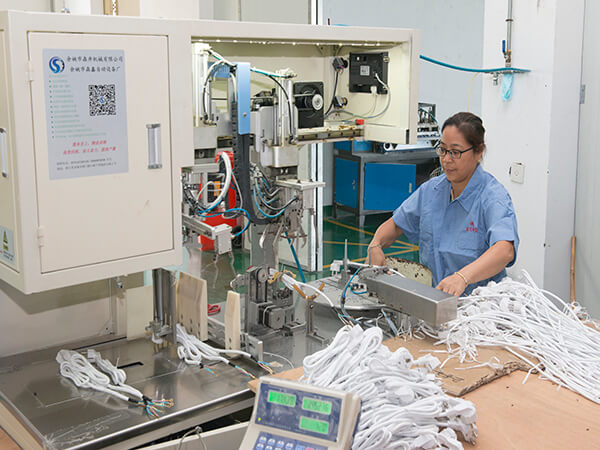
9.Packaging:
The finished power cords are then packaged and labeled according to their specifications.
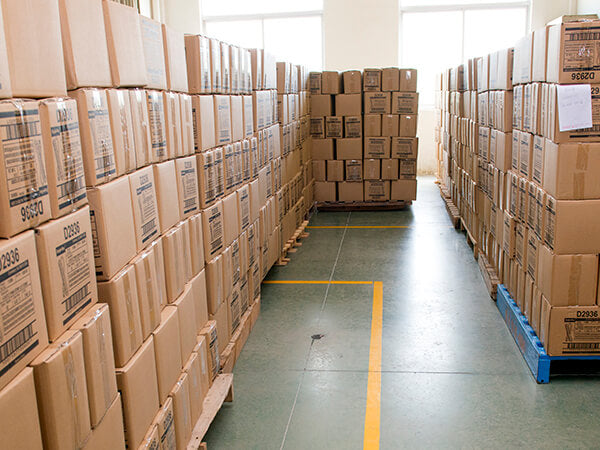
10.Finished Product:
The final step is to check the quality of the finished product before shipping it to customers.
The Production Process of Power Strip & Adaptor:
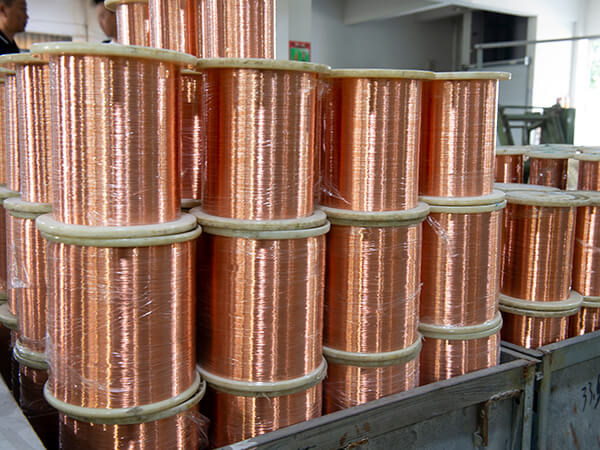
1.Raw materials:
This is the initial step where all the raw materials required for manufacturing, such as copper, plastic, and other components, are collected.
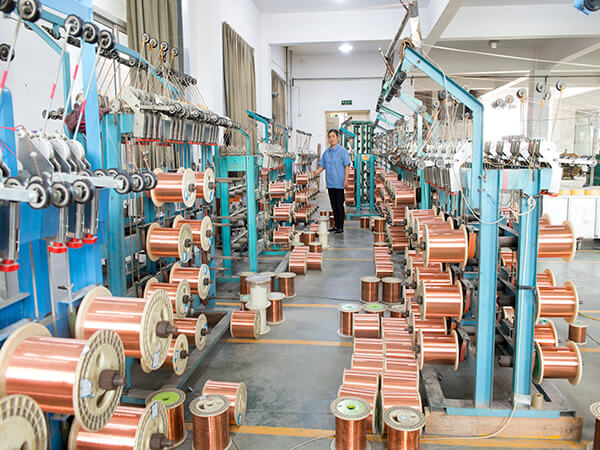
2.Wire harnessing:
This step involves the bundling of wires using a wire harnessing machine, which makes it easier for further processing.

3.Wire extrusion:
In this step, copper wires are extruded using a wire extrusion machine to give them the desired shape and size.

4.Wire cable assembly:
The extruded copper wires are then assembled into a cable using a wire cable assembly machine.

5.Jacket extrusion:
The cable is then covered with a protective jacket made of plastic, which is extruded using a jacket extrusion machine.

6.Automatic cutting and riveting:
The cable is cut into the required length and the ends are riveted to the plug using an automatic cutting and riveting machine.

7.Injection molding:
The plastic casing of the power strip or converter is then molded using an injection molding machine.
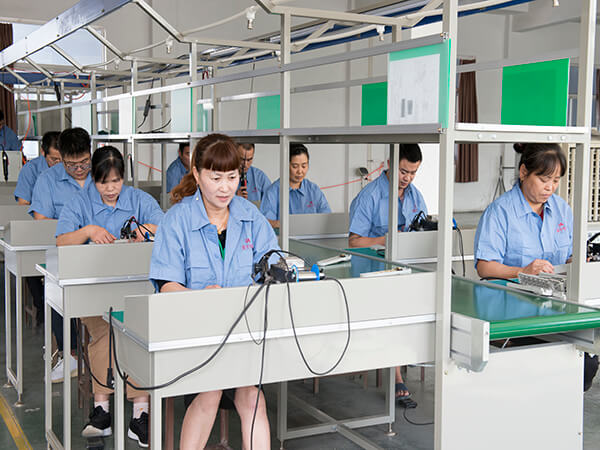
8.Assembly line:
After molding, the different components are assembled in a specific order on the assembly line.
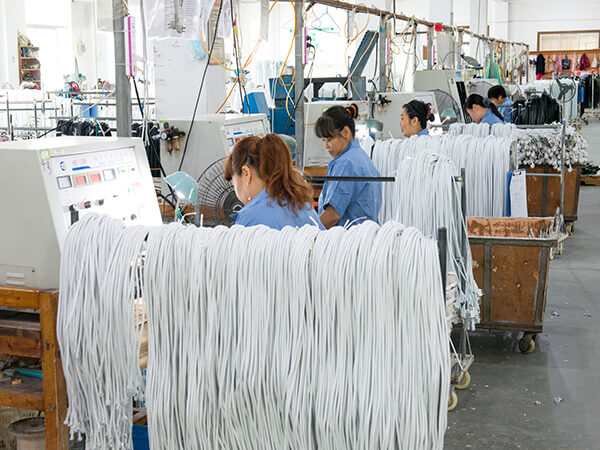
9.Testing:
The assembled power strips or converters are tested using testing equipment such as a power strip testing machine or a converter testing machine.

10.Packaging:
The final step is packaging the tested products and labeling them for shipping to customers.
- Choosing a selection results in a full page refresh.







